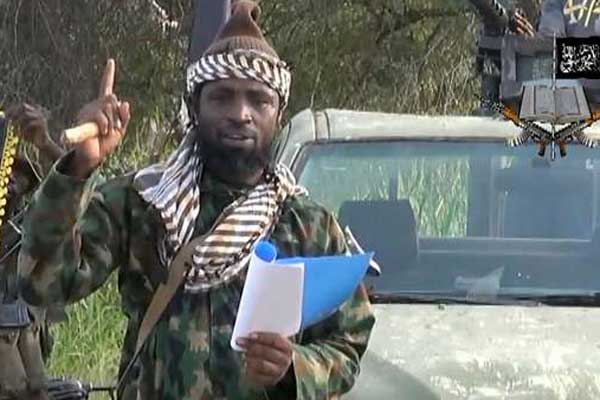
By CHARLES ONYANGO-OBBO
Secondary school students have been demonstrating in Mogadishu this week after Somalia’s education minister postponed national examinations, saying the tests were leaked on social media.
A BBC report on the exam leak had what seemed like an innocuous paragraph: “Large parts of south and central Somalia are controlled by al-Shabaab, who have imposed their own parallel education system which teaches hardline Islamist doctrine.”
The story didn’t say it but exams in the Shabaab-administered areas don’t leak — not only because the terror group is more disciplined, and the price would be very high.
However, saying “education system which teaches hardline Islamist doctrine” only tells half the story. The jihadist group introduced a new curriculum in 2017.
PUBLIC OPINION
The most striking thing about it was how nationalist it was, replacing foreign elements that dominate the national one with mostly Somali content and English with Arabic.
Besides the debatable issue of Arabic, Shabaab did what many education reformers and nationalists in Africa have spoken of and done nothing about, or tried and largely failed.
The long-running problems with exam leaks that Mogadishu and other African regimes face point to yet another area of failure by states that extremist groups have exploited to advance their cause.
Shabaab, for one, uses the “social capital” it gets from doing better in these areas to trade for the support of the population in its terror campaign as it seeks power.
BOKO HARAM
Reading the small print, and being more nuanced, might help to understand the elusive factors fuelling the rise of extremist Islamist groups in even unlikely places like Mozambique, to the “good” run of terror form in new territories like Burkina Faso, and their resurgence in old hunting grounds like Mali.
There is a book, Women and the War on Boko Haram: Wives, Weapons, Witnesses, by researcher and writer Hilary Matfess.
The Nigerian terror group, Boko Haram, was on the rampage then, visiting mayhem on the border areas and seeking to control the Lake Chad basin.
And there were #BringBackOurGirls campaigns around the world, demanding the return of the 276 female students kidnapped by Boko Haram in April 2014 from Government Secondary School in Chibok, in Nigeria’s Borno State.
There were reports that some of the girls were reluctant to return and had fallen in love with Boko Haram. It was inconceivable, and the world explained it away as “Stockholm Syndrome”, where captives identify with their captors.
STRUCTURAL VIOLENCE
Some things didn’t add up. Could Boko Haram have advanced as far as it did only through terror? Were they really monsters to everyone? Matfess chose to look.
I’m yet to read the book, but have read many fascinating reviews. A notable one was on the London School of Economics’ Africa at LSE blog, by Richard Moncrieff.
“The shared view of Boko Haram as a small group of deranged men, whose women are almost entirely victims, may have provided coherence and motivation to the security response since 2015,” it said, but as “the book clearly lays out, ignoring the group’s roots in the ‘structural violence’ of northern Nigeria will make successful post-conflict reconstruction near impossible”.
Being a young woman in northern Nigeria is hellish — early marriage, domestic violence and lack of educational opportunities.
“But in other ways, Boko Haram has created an original space for women, providing them with female companionship while their men are away fighting, with fragments of cosmopolitanism — and, most intriguingly, with some relief from field labour.”
DISILLUSIONED
Controversial, and provocative, an apt word the reviewer uses, but the book makes the point without confronting the uncomfortable truths. But seeing Boko Haram’s comeback, she was prescient.
This is happening as the democratic alternative, the more attractive option, is in trouble in African countries.
Sadly, in Liberia a year ago, former international football superstar and twice-failed presidential candidate George Weah took office after a resounding victory. The economy is collapsing around him and prices of primary goods have since doubled.
A few days ago in Benin, a pioneer of the return to multiparty politics in Africa in 1991, a strange election happened. Five years ago, voters could choose from 20 parties for 83 seats in parliament. Then the parties ballooned to over 200.
President Patrice Talon, ostensibly seeking to reduce them to a manageable number, pushed through a law requiring them to pay $424,000 (Sh43 million) to field candidates. Only two parties — both loyal to Talon — met the criteria.
When people get disillusioned with this circus, they look around. And there are more options than political parties.
Source: Daily Nation


